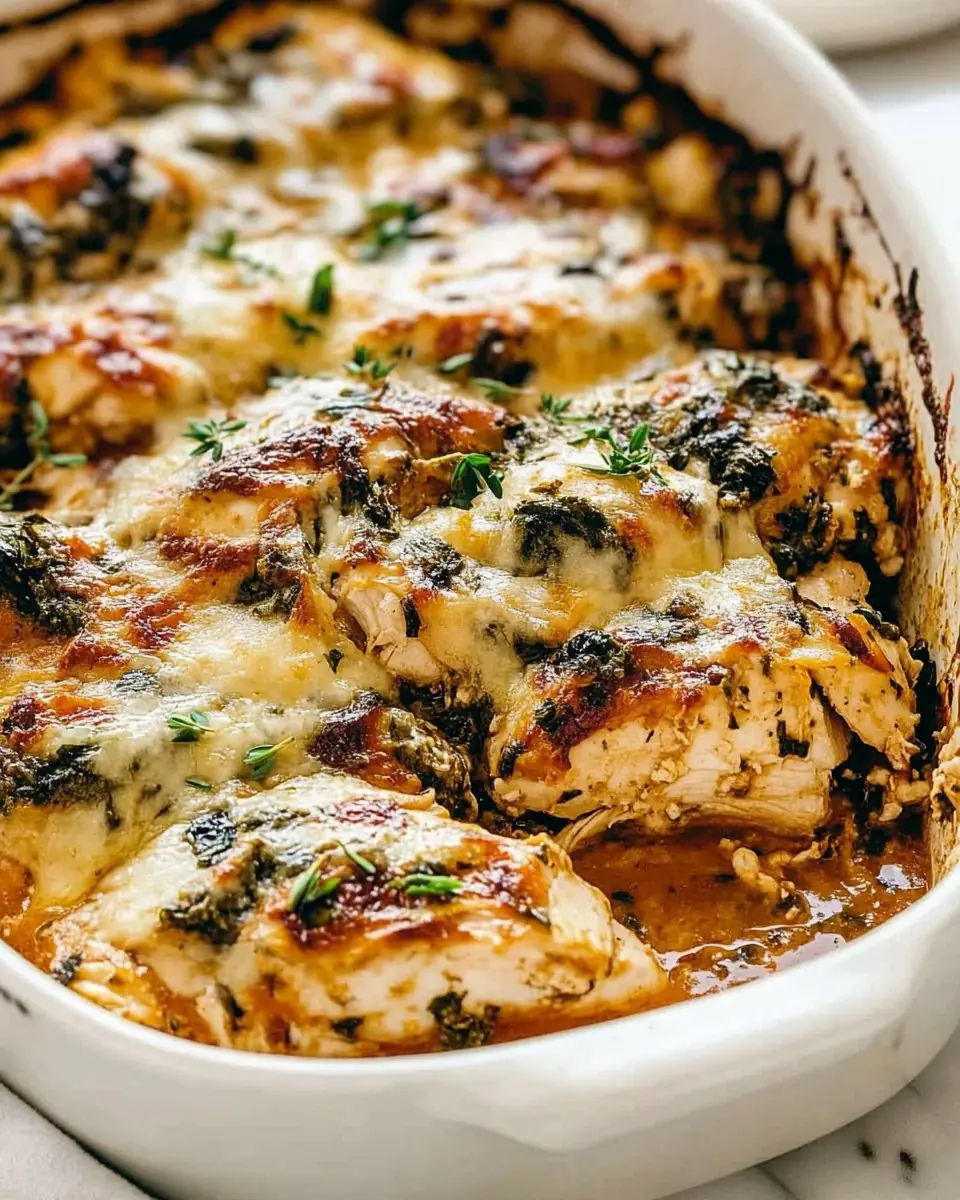
Learn How To Grow Cucumbers This Summer
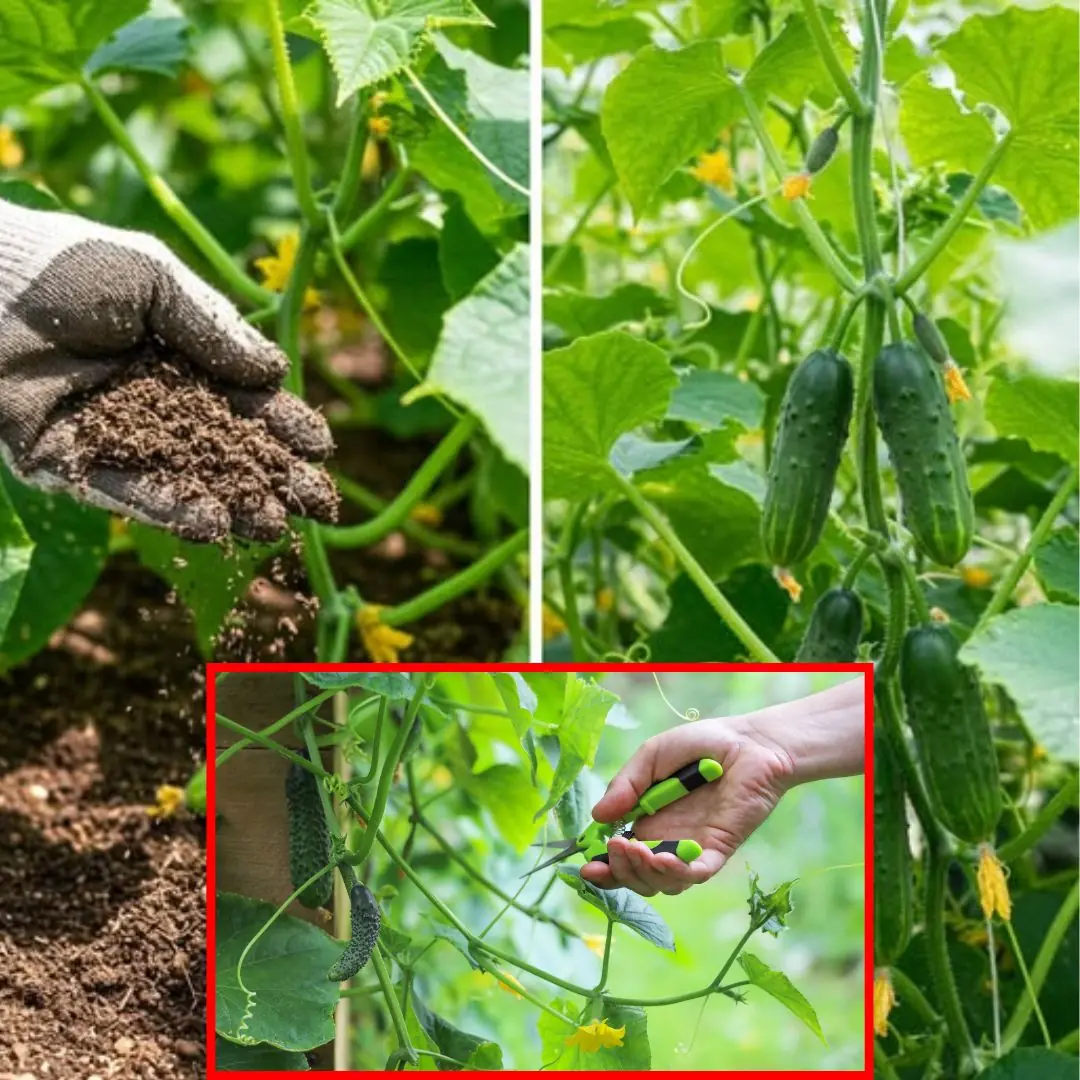
There's something incredibly rewarding about growing your own cucumbers.
For one, cucumbers are a versatile vegetable that can be used in various dishes, from salads to pickles. They're also relatively easy to grow and yield a plentiful harvest, perfect if you're new to gardening!
Plus, a homegrown cucumber tastes much tastier than anything you'll find in the store. It's crisp, fresh, and bursting with flavor. I love it when Ava strolls around the garden and plucks a cucumber straight from the vine for a healthy snack.
I also find it cool how nature just knows what is needed at what time of the year. Cucumbers comprise around 96% water (the highest water content of any food). Since they are a summer crop, they are the ideal vegetable to hydrate you during the summer!
Continue reading to learn how to grow your own cucumbers!
Types of Cucumbers
There are two main growing types of cucumbers: vining cucumbers and bush cucumbers.
Within these growing types, you get various varieties suitable for eating fresh, slicing, or pickling.
Vining Cucumbers
These are the most common type and tend to produce more fruit. They grow on long vines that can spread over a large area or climb a trellis.
If you have the space or want to grow vertically, vining cucumbers are a great choice.
Here are some popular vining cucumber varieties:
1. Marketmore 76: This widely grown, reliable variety produces straight, dark green cucumbers about 8 to 9 inches long. It is resistant to several diseases and matures in about 60 to 70 days.
2. Straight Eight: An heirloom variety, 'Straight Eight' produces straight, 8-inch cucumbers that are perfect for slicing. It is known for its excellent flavor and productivity and matures in approximately 58 days.
3. Boston Pickling: This classic pickling variety produces an abundance of small, blocky cucumbers about 3 to 6 inches long. It is perfect for making pickles and matures in about 55 days. I also love Chicago pickling.
4. National Pickling: Another excellent variety for pickling, 'National Pickling' cucumbers are about 6 inches long and have a slightly tapered shape. They are ideal for both pickling and fresh eating, maturing in around 50 to 55 days.
5. Lemon Cucumber: This unique variety produces round, yellow cucumbers that resemble lemons. They have a mild, sweet flavor and are great for fresh eating or pickling. 'Lemon Cucumber' matures in about 65 days.
6. Armenian Cucumber: Also known as 'Yard Long' cucumber, this variety produces long, ribbed cucumbers that can grow up to 18 inches. They have a mild, crisp flavor and are excellent for fresh eating. It matures in about 60 to 70 days.
7. Tasty Green: This variety is known for its smooth, dark green cucumbers, which are about 8 to 10 inches long. They have a sweet flavor and crisp texture and mature in around 60 days. 'Tasty Green' is excellent for fresh eating and slicing.
8. Diva: 'Diva' cucumbers are nearly seedless and have a sweet, mild flavor. They are about 6 to 8 inches long and are perfect for fresh eating. This variety matures in about 58 days and is resistant to several diseases.
Bush Cucumbers
These are more compact and better suited for smaller gardens or containers. They spread less than vining types, making them ideal if you're limited on space.
While they generally produce less fruit than vining varieties, they still offer a good harvest!
Here are some popular bush cucumber varieties:
1. Bush Champion: This variety is known for its compact growth and high yield. The cucumbers are about 8 to 12 inches long, making them great for slicing. 'Bush Champion' matures in about 55 days and is disease-resistant.
2. Spacemaster: 'Spacemaster' is a very compact variety, perfect for containers or small gardens. The cucumbers are about 7 to 8 inches long and have a crisp texture. It matures in approximately 60 days.
3. Bush Pickle: As the name suggests, 'Bush Pickle' is ideal for making pickles. The cucumbers are small, about 4 to 5 inches long, and the plants are very compact. This variety matures quickly, in about 50 days.
4. Patio Pickle: This variety is specifically bred for container growing. 'Patio Pickle' produces an abundance of small, crunchy cucumbers that are perfect for pickling. It matures in about 50 days and is well-suited for small spaces.
5. Salad Bush: 'Salad Bush' is a versatile variety that produces 6–8-inch cucumbers, perfect for salads and fresh eating. It is a compact plant that thrives in containers and small garden spaces and matures in about 57 days.
6. Picklebush: Specifically bred for pickling, 'Picklebush' produces short, blocky cucumbers perfect for making pickles. The plants are compact and grow well in containers. This variety matures in about 52 days.
When to Plant Cucumbers
Planting cucumbers at the right time is crucial for a successful harvest. Cucumbers are warm-season crops and need specific conditions to thrive.
Here’s a detailed guide on when to plant cucumbers:
Soil Temperature
Cucumbers need warm soil to germinate and grow. For optimal growth, the soil temperature should be at least 60°F (16°C) and preferably around 70°F (21°C). You can use a soil thermometer to check the temperature before planting.
Frost-Free Period
Cucumbers are highly sensitive to frost, so it’s essential to wait until all danger of frost has passed and, ideally, plant two weeks after that. Check the last frost date for your area to determine the best time to plant.
Climate Considerations
Depending on your climate, the planting times for cucumbers can vary. Here are some general guidelines based on different climates:
Spring Planting: In temperate climates, you can usually plant cucumbers outdoors in late spring, around two to three weeks after the last frost date. This is typically in late April to early May.
Summer Planting: In regions with long growing seasons, you can also plant a second crop in mid- to late-summer for a fall harvest.
Year-Round Planting: Cucumbers can often be planted year-round in subtropical to tropical climates. However, avoid the hottest months, as extreme heat can stress the plants.
Short Growing Seasons: In regions with short growing seasons, start cucumber seeds indoors about three to four weeks before the last frost date. Transplant the seedlings outdoors once the soil is warm and the risk of frost has passed.
Succession Planting: To extend the harvest period, consider planting cucumbers in succession every two to three weeks. This ensures a steady supply of cucumbers throughout the growing season.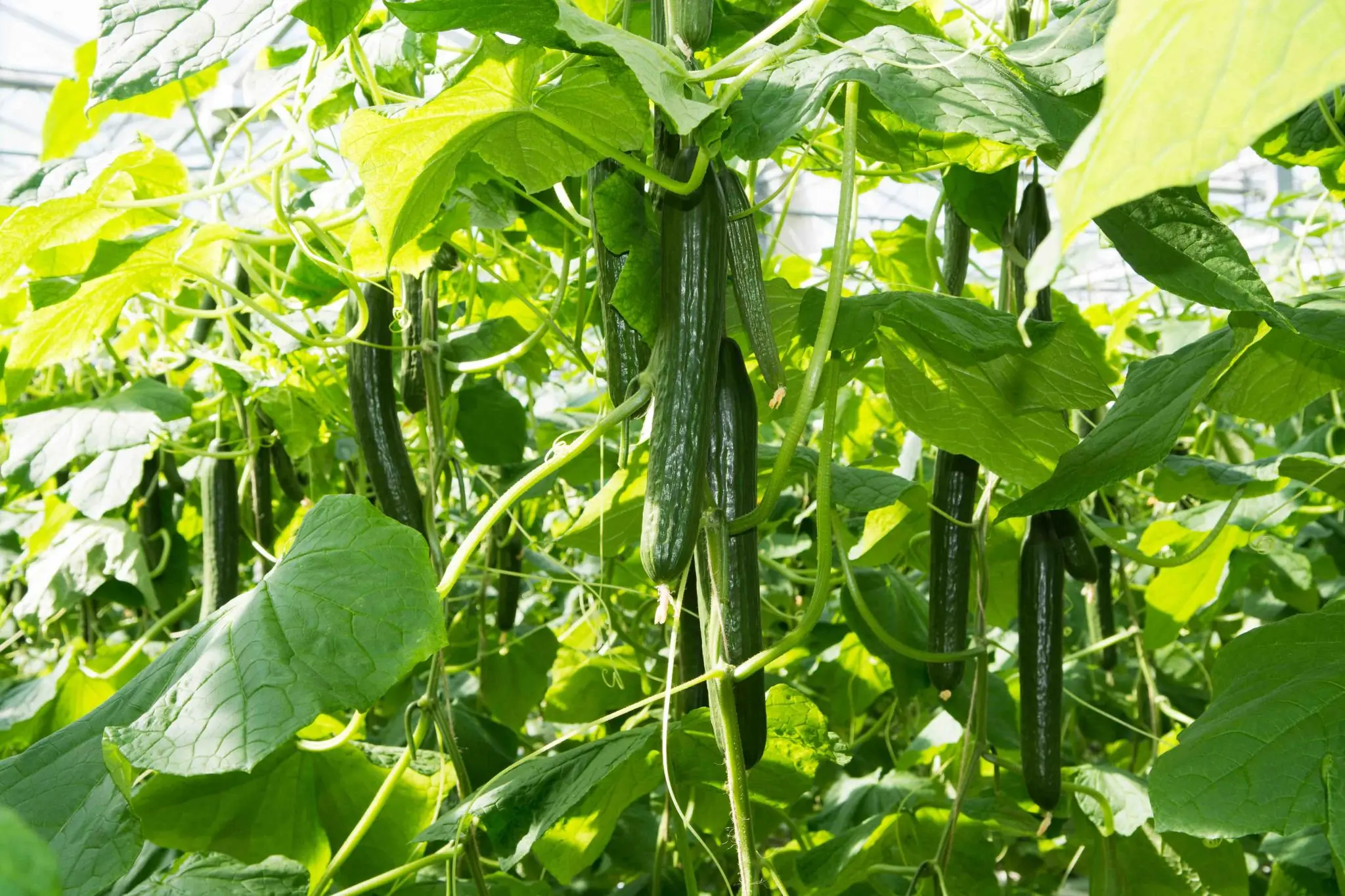
Where to Plant Cucumbers
Choosing the right spot for your cucumber plants is vital for their growth and productivity.
Cucumbers need a location that gets full sun for at least six to eight hours daily. They also prefer well-drained soil rich in organic matter, with a pH of 6.0 to 6.8, although they will tolerate a bit more alkaline soil to 7.6.
If you're growing vining cucumbers, consider setting up a trellis or using a fence for support. This saves space and keeps the fruit off the ground, reducing the risk of pests and diseases.
Growing cucumbers vertically is also great if you are limited on space.
For bush cucumbers, raised beds, or large containers work well.

Can you grow cucumbers in pots?
Yes, you can definitely grow cucumbers in pots! Growing cucumbers in containers is a great option for limited space, such as on a balcony, patio, or small backyard.
Here are a few things to keep in mind when growing cucumbers in pots:
Choosing the Right Container
Cucumbers need ample space for their roots to grow, so choose a pot at least 12 inches in diameter and 12 inches deep. Bigger is better, as larger containers retain moisture better and allow more room for root development.
Selecting the Right Variety
While both vining and bush varieties of cucumbers can be grown in containers, bush cucumbers are generally more suited for pots due to their compact size. Some good bush varieties for containers include 'Bush Champion,' 'Spacemaster,' and 'Patio Pickler.' If you prefer vining cucumbers, ensure you have a trellis or some form of support for the vines.
Preparing the Soil
Cucumbers thrive in well-drained, fertile soil. Use a high-quality potting mix rich in organic matter. Before planting, you can enhance the soil by mixing in compost or a slow-release fertilizer, which will provide the necessary nutrients for the growing season.
Providing Support
For vining cucumbers, provide a trellis or support structure in the pot. This will help the vines grow upward, saving space and keeping the fruits off the ground, which reduces the risk of pests and diseases.
How to Grow Cucumbers from Seed
Growing cucumbers from seed is very easy! Here's a step-by-step guide to help you get started:
1. Prepare the Soil: Before planting, prepare your garden bed or container by adding compost or well-rotted manure to enrich the soil. Cucumbers thrive in fertile soil.
2. Sow the Seeds: Plant cucumber seeds about an inch deep and space them 12 inches apart if you're planting in rows. For hills, plant four to five seeds per hill and space the hills about three feet apart.
3. Watering: After planting, water the seeds thoroughly. Keep the soil consistently moist but not waterlogged until the seeds germinate. This usually takes about seven to ten days.
4. Transplanting: If you started your seeds indoors, harden them off, then transplant them outdoors once they have two to three true leaves and the weather is consistently warm.
Caring for Cucumbers After Planting
Once your cucumber plants are in the ground, proper care is essential to ensure a healthy and productive harvest.
Watering
Cucumbers need a lot of water, especially during the fruiting period. Water them deeply once or twice a week, ensuring the soil is moist but not soggy. Mulching around the plants helps retain moisture and keep weeds at bay.
Fertilizing
Cucumbers are heavy feeders, so you can feed your cucumber plants with a balanced fertilizer every two to three weeks. Organic options like compost or fish emulsion work great.
Pruning
Regularly pinch off the growing tips of vining cucumbers to encourage lateral growth and more fruit production. Remove any dead or yellowing leaves to keep the plant healthy.
Support
If you're growing vining cucumbers, ensure they have a sturdy trellis or support system. Tie the vines gently to the support as they grow.
When and How to Harvest Cucumbers
Knowing when and how to harvest your cucumbers is key to enjoying the best flavor and texture.
Timing
Cucumbers grow quickly and can be ready to harvest in about 50 to 70 days after planting.
For pickling, harvest them when they're about three to four inches long. For slicing, pick them when they're six to eight inches long. Regular harvesting encourages the plants to produce more fruit.
Method
Cut the cucumbers from the vine with a sharp knife or pruning shears, leaving a small stem attached. Handle them gently to avoid bruising.
Pests and Diseases
Cucumbers can be prey to several pests and diseases, but proper care can keep your plants healthy!
Squash Bugs: These pests can attack seedlings. Inspect your plants regularly and remove any bugs you find. Handpicking and using row covers can help.
Slugs: Slugs love ripening fruit. Using straw mulch around the plants and elevating the fruit with trellises can keep them at bay. You can also set out beer traps to catch slugs.
Aphids: These tiny insects colonize leaves and buds, sucking out the plant juices. Spray the plants with a strong jet of water to dislodge them, or use insecticidal soap.
Cucumber Beetles: These beetles chew holes in leaves and flowers and spread a disease that causes the plants to wilt and die. Use yellow sticky traps to catch adult beetles and apply neem oil to deter them.
Powdery Mildew: This fungal disease leaves white, mildew-like patches on the leaves. Apply fungicides at the first sign of infection and avoid watering the leaves. Also, ensure good air circulation around the plants.
Bacterial Wilt: Spread by cucumber beetles, this disease causes the plants to wilt and die. To minimize the risk, prevent beetle infestations.
Companion planting with cucumbers
Companion planting is a gardening technique where certain plants are grown together to benefit each other in various ways, such as pest control, improved growth, or better use of space.
Here are some of the best companion plants for cucumbers and how they can help:
Beneficial Companion Plants
Nasturtiums
Nasturtiums act as a trap crop for aphids, attracting them away from your cucumbers. They also repel cucumber beetles and other pests. Plant them around your beds.
Marigolds
Marigolds repel many common garden pests, including nematodes and beetles, and can help reduce the risk of cucumber beetles.
Radishes
Radishes can deter cucumber beetles. They grow quickly and can be harvested before the cucumbers start to spread. Plant radishes around the base of your cucumber plants.
Dill
Dill attracts beneficial insects like ladybugs and parasitic wasps, which can help control aphids and other pests. Plant dill near your cucumbers but not too close, as it can also compete for nutrients.
Basil
Basil repels thrips, aphids, and other pests and enhances the flavor of nearby vegetables. Plant basil between your cucumber plants or around the edges of the bed.
Beans
Beans fix nitrogen in the soil, which can benefit heavy-feeding plants like cucumbers. They can also provide some shade and support if you’re using pole beans. Plant beans on the north side of your cucumber plants to avoid shading them too much.
Sunflowers
Sunflowers can provide a natural trellis for cucumbers to climb and attract pollinators.
Corn
Corn provides a natural trellis for cucumbers to climb, saving space and keeping the cucumbers off the ground. Plant corn in rows with cucumbers planted at the base of the corn stalks.
Lettuce
Lettuce grows quickly and can provide ground cover to help retain soil moisture and suppress weeds. Plant lettuce around the base of your cucumber plants.
Carrots
Carrots have a deep root system that can help break up the soil, improving aeration and water penetration.
Plants to Avoid Planting Near Cucumbers
While there are many good companion plants for cucumbers, there are also some plants you should avoid planting near them:
Potatoes
Potatoes and cucumbers are both susceptible to the same diseases and pests, which can increase the risk of infestation.
Aromatic Herbs (like Sage and Mint)
These herbs can stunt the growth of cucumbers.
Melons
Melons and cucumbers belong to the same family (Cucurbitaceae) and can compete for nutrients and attract the same pests.
Brassicas (like Cabbage, Cauliflower, and Broccoli)
These plants can compete for nutrients and attract pests that may also harm cucumbers.
*Please note that these are merely suggestions and opinions. Some of these ,ay work together when planted with cucumbers.
With the right care and attention, you'll enjoy a bountiful harvest of fresh, crisp cucumbers that are perfect for salads, sandwiches, and pickles.
Remember to choose the right type of cucumber for your space, plant them at the right time, and provide proper care to keep pests and diseases at bay. Happy gardening, friend!
News in the same category


A Conflict Between Home and Family: The Tale of Marina and Her Mother-in-Law

A Wedding Day Revelation: How One Mother Saved Her Daughter

Where are my rings, Mom?» Vlad asked. «I pawned them and bought a dress for your sister!

After 25 years, the father came to his daughter’s wedding — but he was turned away… And moments later, the crying spread among everyone present

Mother-in-law came to ask for money with a key to our apartment, but she didn’t expect to find my husband

A Mother’s Battle: Standing Up for My Children Against Family Betrayal

A Shocking Family Revelation: From Rejection to Inheritance

A snowy roadside favor that reshaped my family’s future

Wow, you really built yourselves a ‘palace’! And which room will be mine? And your sister’s?” the mother-in-law blindsided them

“After the wedding, the apartment will be mine!” – I accidentally overheard my fiancé’s conversation

Yes, it’s my apartment. No, my mother-in-law’s debts are not my problem. And yes—I’ve filed for divorce. I’m done being your ‘insurance policy

The Secrets Leading Up to My Brother’s Wedding

Discovering the truth about my family’s fortune after giving birth

On my birthday, my sister-in-law declared that I live off the family — but her words backfired on her

Sell the apartment and buy a house for the whole family,” my sister-in-law came with the idea of a “family nest” — at my expense

A Father’s Insight: The Empty Fridge Revelation

Pack your junk and get out of here!” — the mother-in-law came to throw Vika out of her own apartment

“So, lining your pockets with the apartment at your mother’s urging turned out to be more important than your wife! Now you have neither a home nor a family!” I shouted, dragging the suitcase

Don’t you ever set foot in here again—you’re not even family to me!” — that holiday was the last straw for the daughter-in-law, and she made them respect her.
News Post
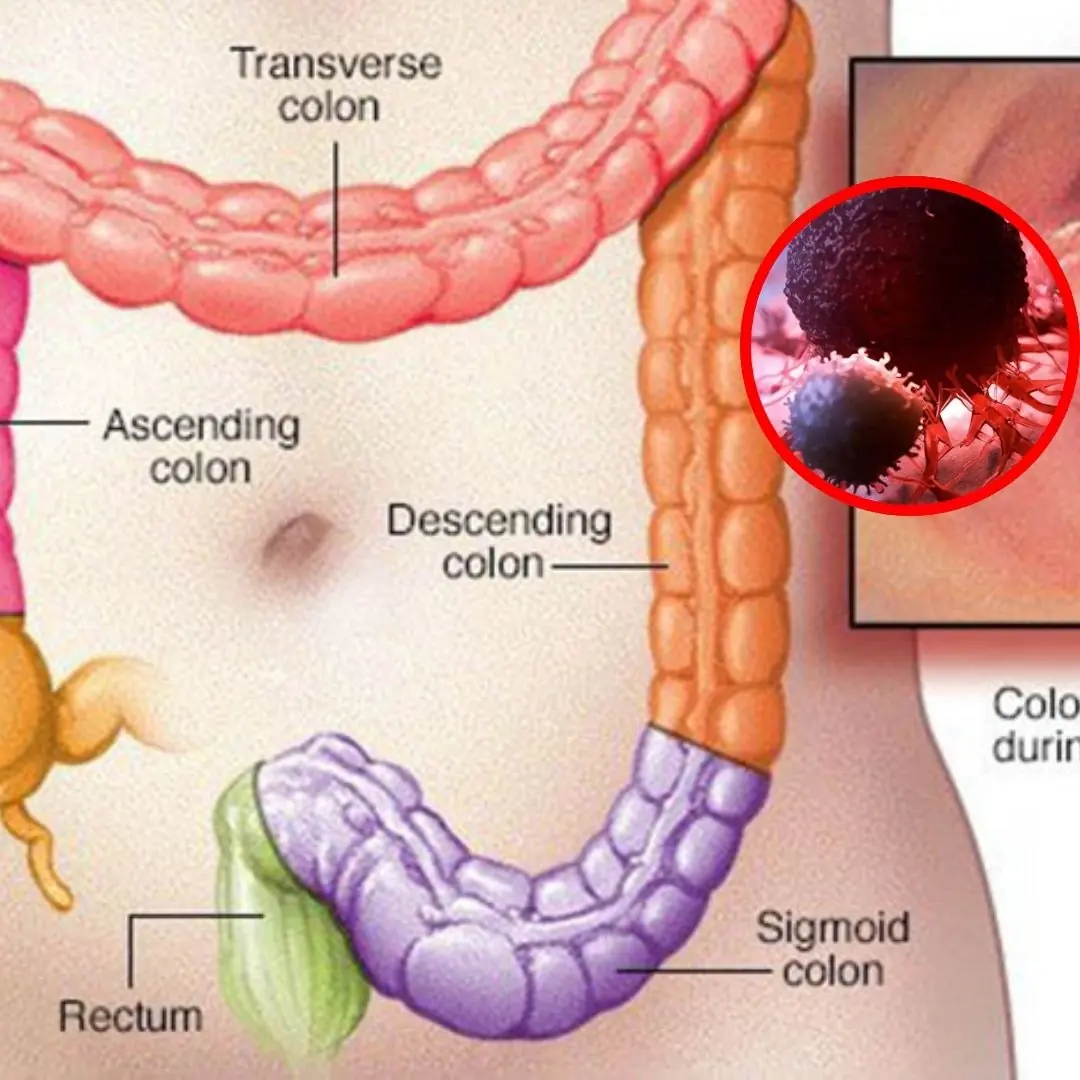
8 Bathroom Signs That Could Signal a Serious Problem

Diabetes warning signs often appear in your feet - here are 10 to look out for
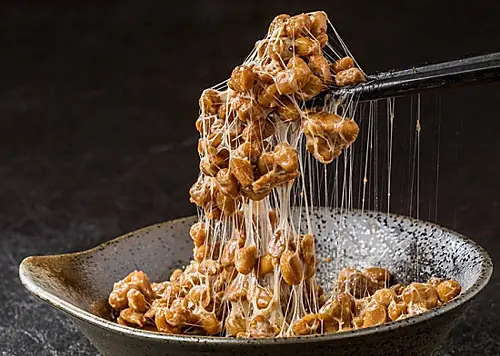
Japan announces 5 foods to eat daily: Eggs only rank 5th, while the true "king of nutrition" is this dish
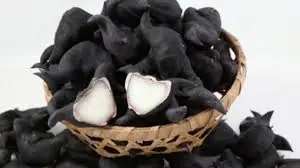
5 types of vegetables contain "a nest of hidden worms"

5 Signs of Appendicitis — Don’t Ignore These Symptoms!

Three Principles to Prevent Can,cer Cells — Everyone Should Act Now to Say No to the Disease

Stroke Warning: Signs That Can Appear Up to One Week in Advance — Do Not Ignore
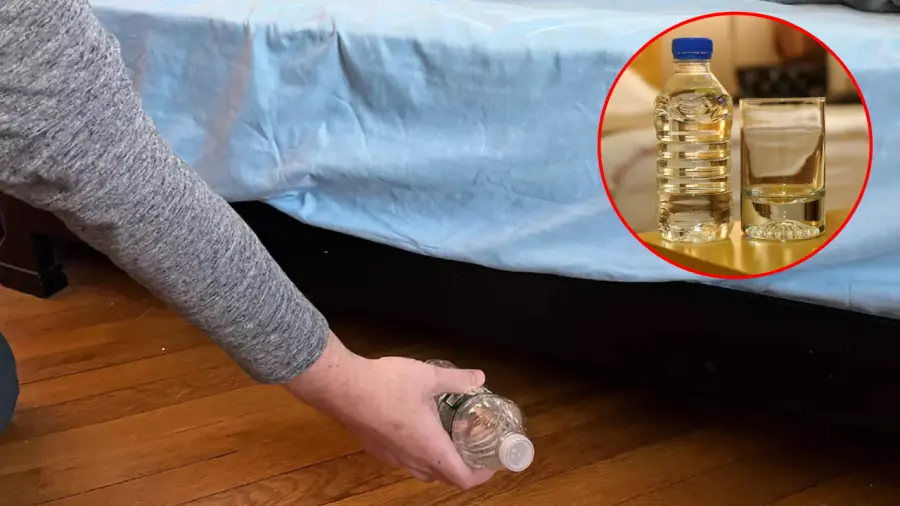
Always Throw a Water Bottle Under the Hotel Bed: A Flight Attendant Reveals Why

Drinking These 4 Common Beverages Could Be Harming Your Kid.neys
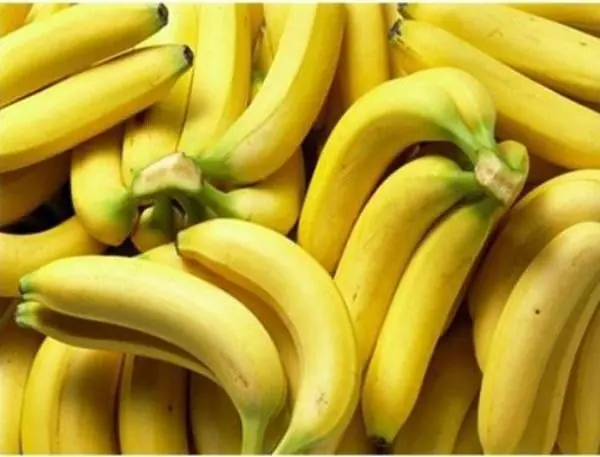
What a Daily Banana Could Mean for Your Blo.od Pressure?

When a Family Member Passes Away, Don’t Throw Away These 4 Important Things

Waking Up at Night to Urinate? Read This

A 14-Year-Old Girl Diagnosed with Colorectal Can.cer: Doctors Warn—It’s Better for Children to Skip Breakfast Than Eat These 4 Types

Every woman likes to be touched in these "3 places" on her body, especially the first place
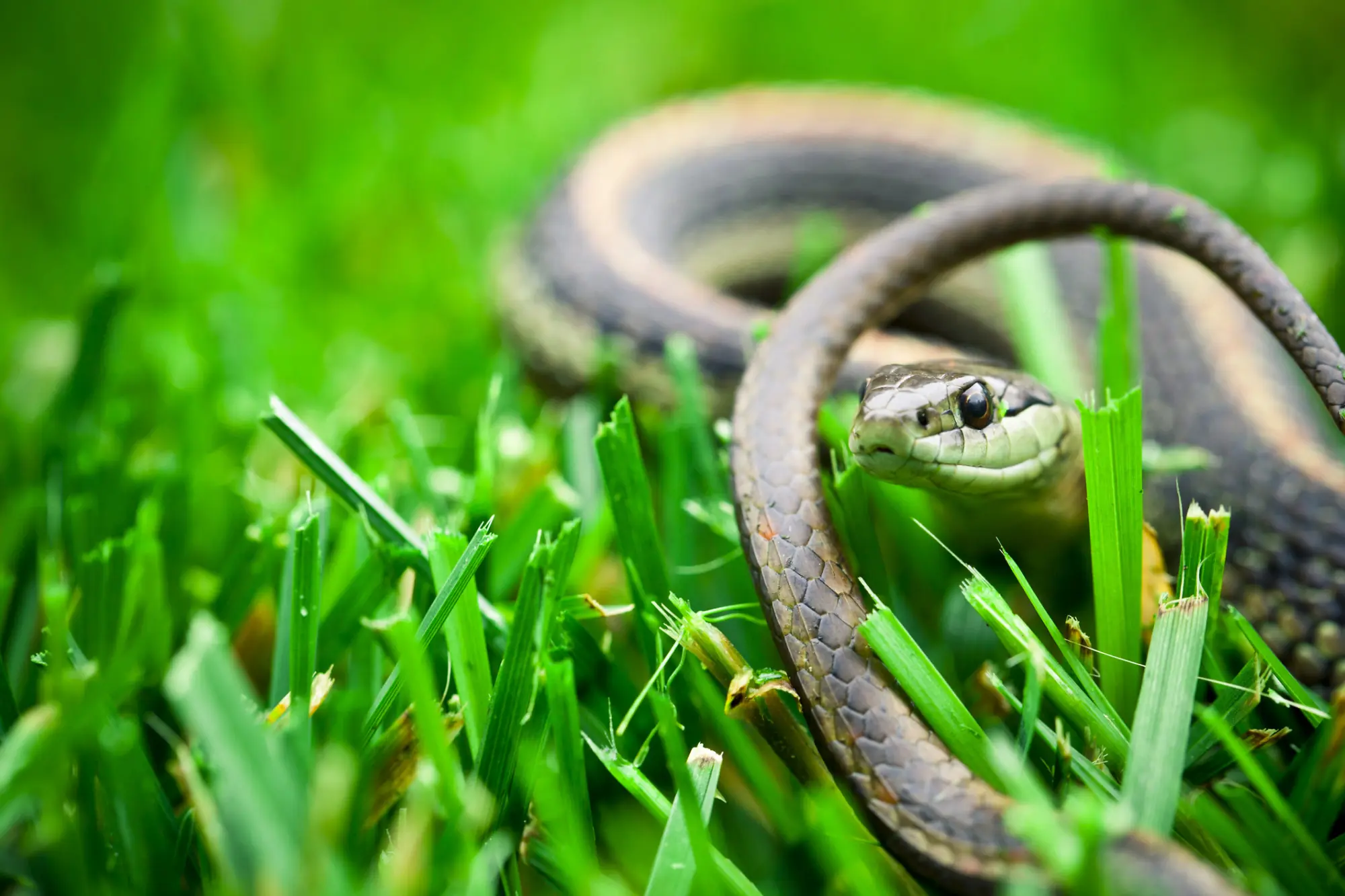
Plants That May Attract Snakes to Your Home: What You Should Know
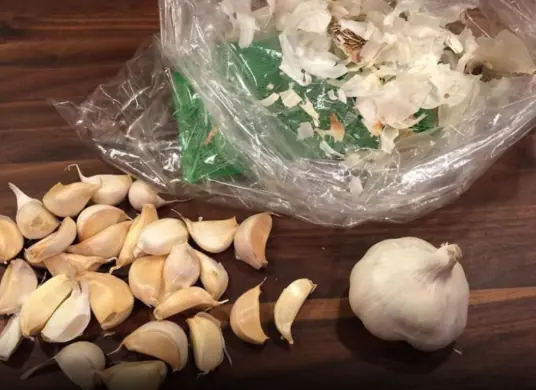
Garlic peels are not trash, don't rush to throw them away

Say Goodbye to Joint and Foot Pain with a Relaxing Rosemary Bath

If You See A Man With One Painted Fingernail, Here’s What It Means

Dog ticks bit 3 people in a family, 2 died: If you can't keep them clean, don't keep them, they're full of diseases
